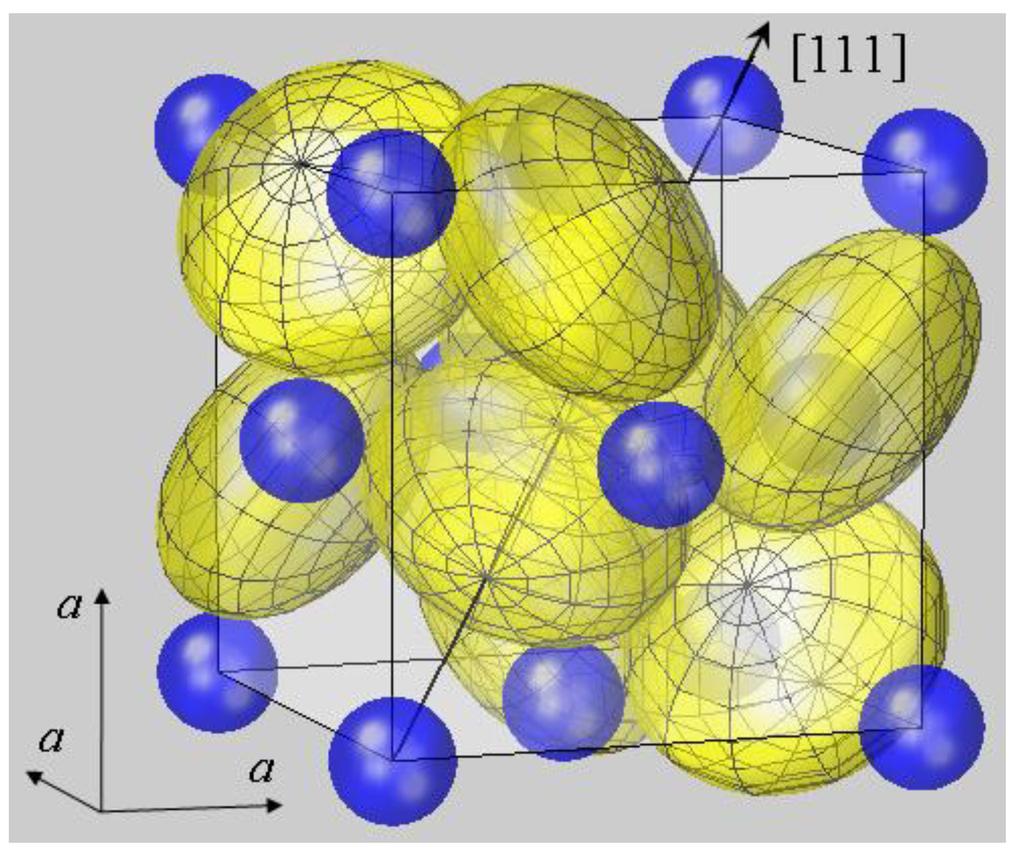Bisulphite can be partially oxidised or can react with organic matter and reactive metal species. One unexpected consequence of the model is that it further explains how commonly observed groups of framboids can form contemporaneously. Pyrite forms under reducing conditions, typically in environments with low oxygen levels, high sulfur content, and abundant iron. Web pyrite, or iron disulfide, is the most common sulfide mineral on the earth’s surface and is widespread through the geological record. Web pyrite, also known as “fool’s gold,” is a common iron sulfide mineral with the chemical formula fes2.
Web pyrite, a naturally occurring iron disulfide mineral. Sulfur, which can occur in coal and is a pollutant when burned, occurs in three forms. It is mined as a source of sulfur and iron as well as of the impurities gold and copper. Web sedimentary pyrite formation during early diagenesis is a major process for controlling the oxygen level of the atmosphere and the sulfate concentration in seawater over geologic time.
Slower cooling results in larger crystals. Howstuffworks | aug 25, 2023. Web sedimentary pyrite formation during early diagenesis is a major process for controlling the oxygen level of the atmosphere and the sulfate concentration in seawater over geologic time.
The pyrite structure Basic Knowledge for Abinitio Calculation in
Web pyrite, or iron disulfide, is the most common sulfide mineral on the earth’s surface and is widespread through the geological record. One of those forms is pyritic sulfur, which occurs as iron sulfide or. It is mined as a source of sulfur and iron as well as of the impurities gold and copper. Often mistaken for gold due to its metallic luster, pyrite has a playful nickname but holds real value. Iron sulfide, sometimes containing small amounts of cobalt, nickel, silver, and gold.
It forms in a variety of geological settings through several processes. Web pyrite typically forms in cubic crystals, often accompanied by striations on the crystal faces. Web pyrite forms large bodies in moderate to high temperature hydrothermal deposits and in contact metamorphic ore deposits, is an accessory in many igneous rocks, and is common in sedimentary beds and metamorphosed sediments.
It Forms At High And Low Temperatures And Occurs, Usually In Small Quantities, In Igneous, Metamorphic, And Sedimentary Rocks Worldwide.
This then reacts with an iron compound forming pyrite. Commonly called fool’s gold, pyrite is the. Howstuffworks | aug 25, 2023. Web pyrite, or iron disulfide, is the most common sulfide mineral on the earth’s surface and is widespread through the geological record.
Healing Properties & Everyday Uses.
Web it forms when iron and sulfur combine in specific geological conditions that typically involve the presence of water and oxygen. It forms in a variety of geological settings through several processes. To the novice its colour is deceptively similar to that of a gold nugget. These chlorite compounds contain the iron found in pyrite, but they also contain silicone and oxygen, which must be removed and.
Web Pyrite Typically Forms In Cubic Crystals, Often Accompanied By Striations On The Crystal Faces.
The specimen’s size can vary. Pyrite forms under reducing conditions, typically in environments with low oxygen levels, high sulfur content, and abundant iron. Web the formation of pyrite crystals depends mainly on the iron content of the sediment. It is mined as a source of sulfur and iron as well as of the impurities gold and copper.
Web Pyrite ( Fesx2 F E S X 2) Forms Cubic Crystals, Like These Ones:
If there is iron present, iron sulphide crystals begin to grow. Web how does pyrite form (pyritisation)? The name comes from the greek word pyr, “fire,” because pyrite emits sparks when struck by metal. Doug meek / getty images.
Web pyrite forms large bodies in moderate to high temperature hydrothermal deposits and in contact metamorphic ore deposits, is an accessory in many igneous rocks, and is common in sedimentary beds and metamorphosed sediments. It has a chemical composition of iron sulfide (fes 2) and is the most common sulfide mineral. Redox sensitive trace elements in pyrite, including nodules, are increasingly used to infer the chemical conditions of ancient oceans—but considerable uncertainty remains regarding the mechanism and timing of nodule formation. The specimen’s size can vary. These chlorite compounds contain the iron found in pyrite, but they also contain silicone and oxygen, which must be removed and.



